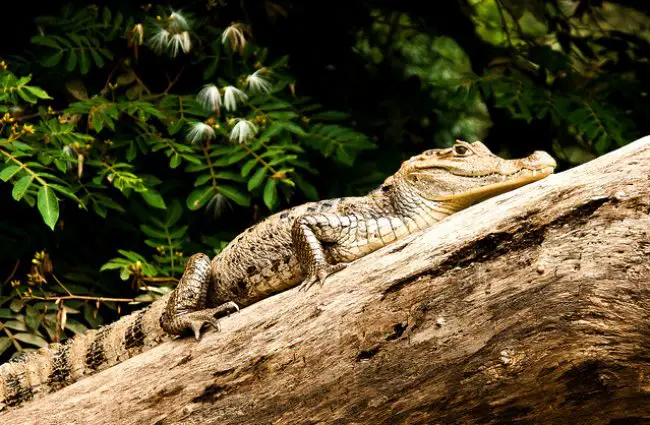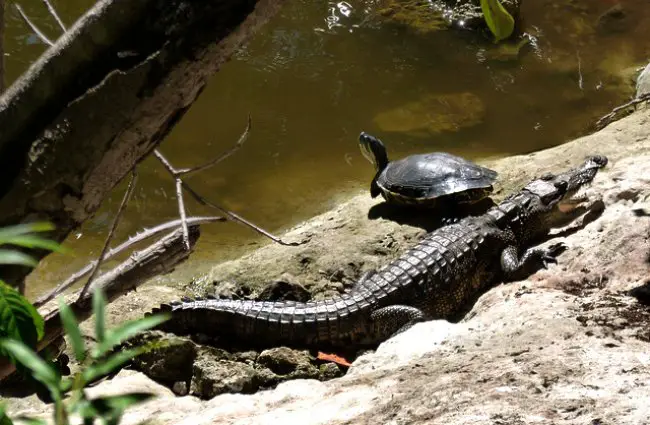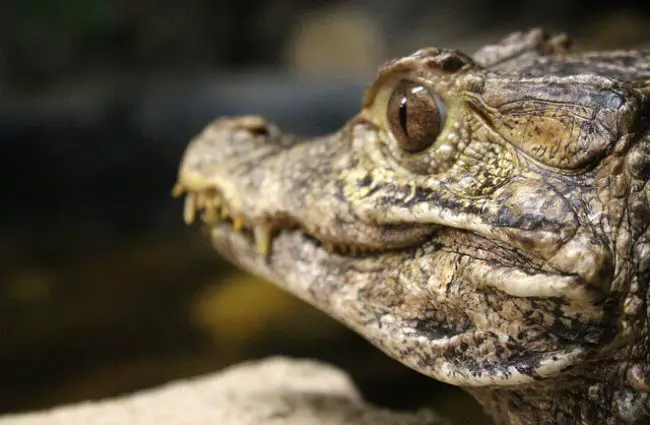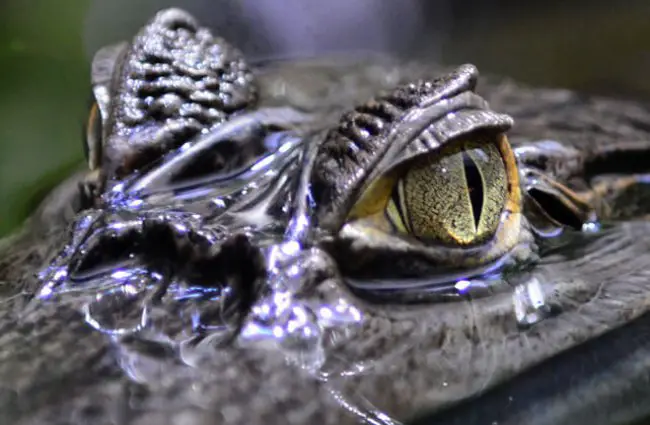Understanding Caiman: Ancient Predators of the Americas
Caiman, often mistaken for alligators, are fascinating reptiles with a rich evolutionary history and a crucial role in the ecosystems they inhabit. Found throughout Central and South America, these apex predators are more than just scaled hunters; they are indicators of environmental health and subjects of cultural significance. This guide delves into the world of caiman, exploring their biology, behavior, habitat, and interactions with both the natural world and humankind.

What is a Caiman?
Caiman belong to the family Alligatoridae, but are distinct from true alligators and crocodiles. There are six recognized species of caiman, varying in size and habitat preference. The smallest, the Dwarf Caiman, rarely exceeds five feet in length, while the Black Caiman can grow to over 16 feet, making it the largest predator in its range. All caiman share certain characteristics, including a long snout, powerful jaws, and armored scales called osteoderms. These osteoderms are embedded in the skin, providing significant protection.
Habitat and Distribution
Caiman are exclusively found in the Americas. Their range extends from southern Mexico through Central and South America, encompassing a diverse array of habitats. These adaptable reptiles thrive in freshwater environments such as rivers, lakes, swamps, and marshes. Different species exhibit preferences within this range. For instance, the Spectacled Caiman, a highly adaptable species, is found in nearly every aquatic habitat across its range, while others, like the Black Caiman, prefer deeper, more secluded waters. The presence of a stable water source and adequate cover are essential for their survival. Caiman play a vital role in maintaining the health of these wetland ecosystems.
Evolutionary History
The lineage of caiman dates back to the early Paleocene, approximately 65 million years ago. Fossil evidence shows that early caiman ancestors were more diverse and widespread than their modern counterparts. Over millions of years, these reptiles underwent significant adaptations, resulting in the six species we see today. Caiman are more closely related to alligators than to crocodiles, sharing a common ancestor that lived millions of years ago. The fossil record indicates that caiman have survived major extinction events, demonstrating their resilience and adaptability.

Diet and Hunting Strategies
Caiman are opportunistic carnivores, meaning they will consume a wide variety of prey. Their diet varies depending on their size, age, and the availability of food. Young caiman typically feed on insects, crustaceans, and small fish. As they grow, they begin to prey on larger animals such as birds, mammals, and even other reptiles. Larger species, like the Black Caiman, can take down capybaras, peccaries, and occasionally other large mammals.
Their hunting strategy typically involves ambush. They lie in wait submerged in water, often with only their eyes and nostrils visible, and then lunge at unsuspecting prey. Their powerful jaws and sharp teeth ensure a secure grip. Caiman also play a crucial role in regulating prey populations, preventing imbalances in the ecosystem.
Reproduction and Life Cycle
Caiman reproduce sexually, with mating typically occurring during the rainy season. Males attract females through vocalizations and displays of dominance. After mating, the female builds a nest out of vegetation and mud, laying between 10 and 50 eggs.
The eggs incubate for approximately 55 to 80 days, with the temperature influencing the sex of the offspring. Once hatched, the young caiman remain close to their mother for several months, receiving protection and guidance.
Caiman exhibit parental care, a relatively uncommon trait among reptiles. Mothers will defend their nests and young against predators, and may even carry their hatchlings on their heads. They reach sexual maturity after several years, and can live for several decades in the wild.
Ecological Role and Inter‑Species Interactions
Caiman are apex predators, playing a critical role in maintaining the balance of their ecosystems. By controlling prey populations, they prevent overgrazing and maintain biodiversity. They also create habitats for other species through their digging and basking activities.
Caiman interact with a variety of other animals. Fish and birds often feed on the insects attracted to caiman nests. Larger mammals may avoid areas heavily populated by caiman, creating zones of refuge for smaller species. Caiman also compete with other predators, such as jaguars and anacondas, for food and territory.

Caiman and Humans: A Complex Relationship
Throughout history, humans have interacted with caiman in various ways. Indigenous cultures often view caiman as sacred animals, incorporating them into their mythology and rituals. Caiman hides and meat have been used for practical purposes, but unsustainable harvesting has led to population declines in some areas.
Today, caiman are protected by law in many countries, and conservation efforts are underway to ensure their survival. However, challenges remain, including habitat loss, pollution, and conflict with humans. Responsible ecotourism can provide economic incentives for conservation, while education and awareness are crucial for fostering peaceful coexistence.
Encountering Caiman in the Wild: Safety Precautions
If encountering a caiman in the wild, it is important to maintain a safe distance. Do not approach or attempt to feed the animal. Slowly back away, keeping the caiman in sight. Avoid swimming or wading in areas known to be inhabited by caiman. Keep pets on leashes and supervise children closely. Report any aggressive behavior to local authorities.
Caiman in Captivity: Care and Considerations
Caiman require specialized care in captivity. They need a large, secure enclosure with both land and water areas. The water must be kept clean and filtered, and the temperature must be maintained within a specific range. They require a varied diet of fish, meat, and invertebrates. Caiman are powerful animals and require experienced handlers. It is essential to provide enrichment to stimulate their natural behaviors. Avoid direct contact with a caiman to prevent injury. Observe their behavior to recognize any signs of stress or illness.

Fascinating Facts About Caiman
- Caiman have a nictitating membrane, a transparent eyelid that protects their eyes underwater.
- They can hold their breath for up to 30 minutes.
- Caiman have pressure sensors on their skin that detect vibrations in the water, helping them locate prey.
- The Spectacled Caiman gets its name from the bony ridge above its eyes, which resembles spectacles.
- Black Caiman can be aggressive, especially when threatened, and are among the largest caiman species.
- Caiman play a role in seed dispersal, as they consume fruits and excrete the seeds in different locations.
- Some caiman species exhibit communal nesting behavior, where several females share a single nest.
Conclusion
Caiman are remarkable creatures that embody the resilience and diversity of the American wetlands. Their evolutionary history, ecological role, and interactions with humans highlight the interconnectedness of life on Earth. By understanding and appreciating these ancient predators, we can contribute to their conservation and ensure their survival for generations to come.

![Red Angus Closeup of a beautiful Red Angus cowPhoto by: U.S. Department of Agriculture [pubic domain]https://creativecommons.org/licenses/by/2.0/](https://animals.net/wp-content/uploads/2020/03/Red-Angus-4-238x178.jpg)


![Red Angus Closeup of a beautiful Red Angus cowPhoto by: U.S. Department of Agriculture [pubic domain]https://creativecommons.org/licenses/by/2.0/](https://animals.net/wp-content/uploads/2020/03/Red-Angus-4-100x75.jpg)

